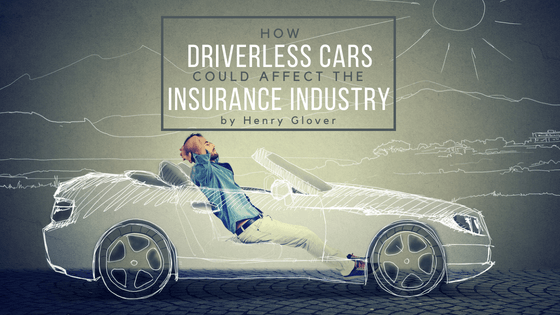Self-driving cars sounds like something from a futuristic sci-fi movie, but it could be more normalized in our society in the next couple decades. Because of improvements in new technology, some experts predict that self-driving vehicles could be the norm by 2040.
If the automobile industry changes that much, the auto insurance industry will have to keep up. We still have many years before this is a tangible possibility, but here are a couple ways driverless cars could affect the insurance industry.
- Lower Premiums
Advanced driver assistance systems (ADAS) are becoming more common, and many insurers offer discounts for drivers with these features in their vehicle. This means that if your car has forward collision prevention and lane change alerts, you might already be offered a premium discount. Because the technology of self-driving cars has the potential to reduce accidents, similar discounts are expected.
- Liability
If your self-driving car causes an accident, are you liable? Or is the car manufacturer liable because of a fault in their programming? For the time being, the latter seems to be the general consensus. Google, Volvo, Tesla and Mercedes-Benz have already set the precedent by accepting liability when a vehicle’s self-driving system was at fault for a crash.
Adjustment Period, Problems and Other Considerations
According to various reports, over 90% of auto accidents today are caused by human error. If driverless cars can reduce the number of accidents (and deaths) on the road, that would be incredible. However, it is worth noting that there will be a significant adjustment period.
The autonomous cars make decisions based on algorithms and what they interpret from their environment. If you’ve ever driven a car in a busy city, you know that drivers don’t always behave the way you think they’re going to. For the automobile systems to effectively drive the same roads as human drivers, it will take time and brain power.
Luckily, the change to driverless cars won’t happen overnight. It’s expected to happen in 5 stages, slowly adopting autonomous features to move from semi-autonomous to fully autonomous vehicles that require no human interaction. Just think about the features we see in cars today. They can parallel park themselves, have cruise control, etc. We’re well on our way to more autonomous features in newer models.
Another factor to consider is that most fully autonomous vehicles will be owned by ride-sharing services or auto manufacturers and not individuals. For the most part, insurers work with individual drivers, so this would minimize the effect of driverless cars for now.
Despite all the recent excitement around these driverless vehicles, the gradual change to fully autonomous cars will give us insurers time to adjust and transition smoothly. Change is inevitable, but who’s to say that it won’t be a positive, exciting change for the industry.
